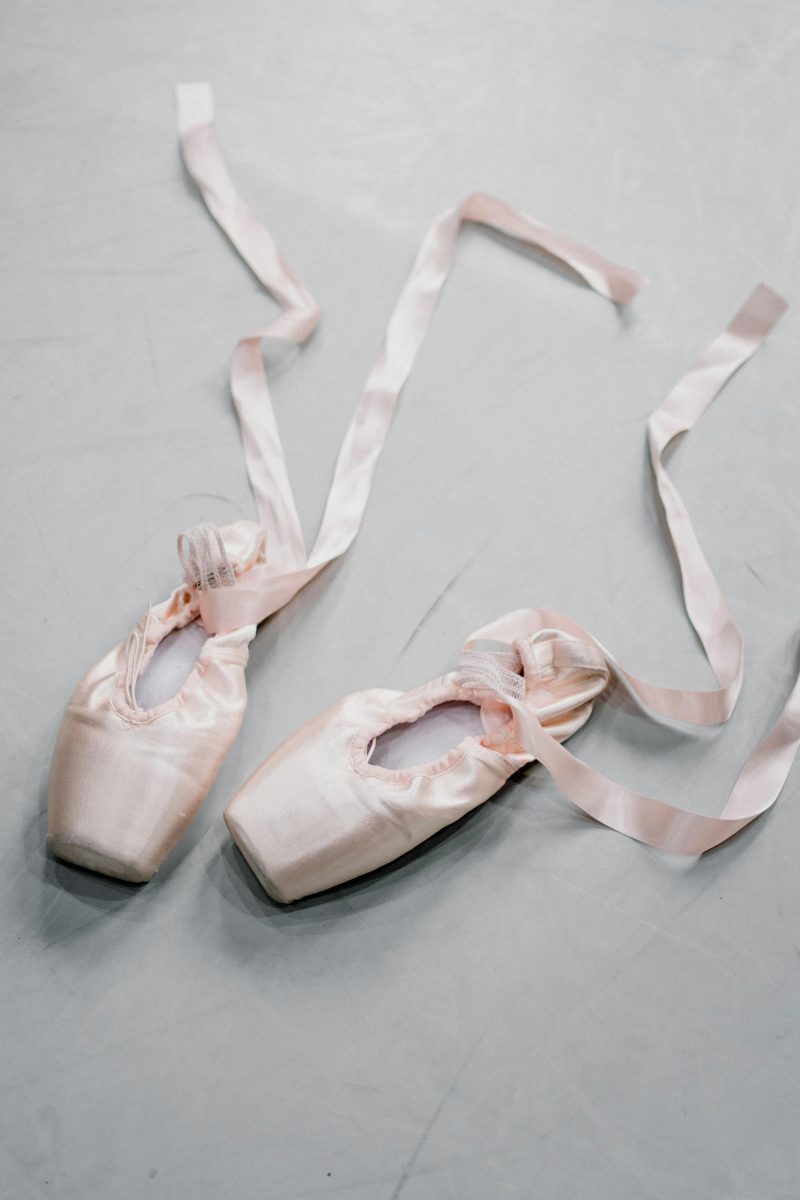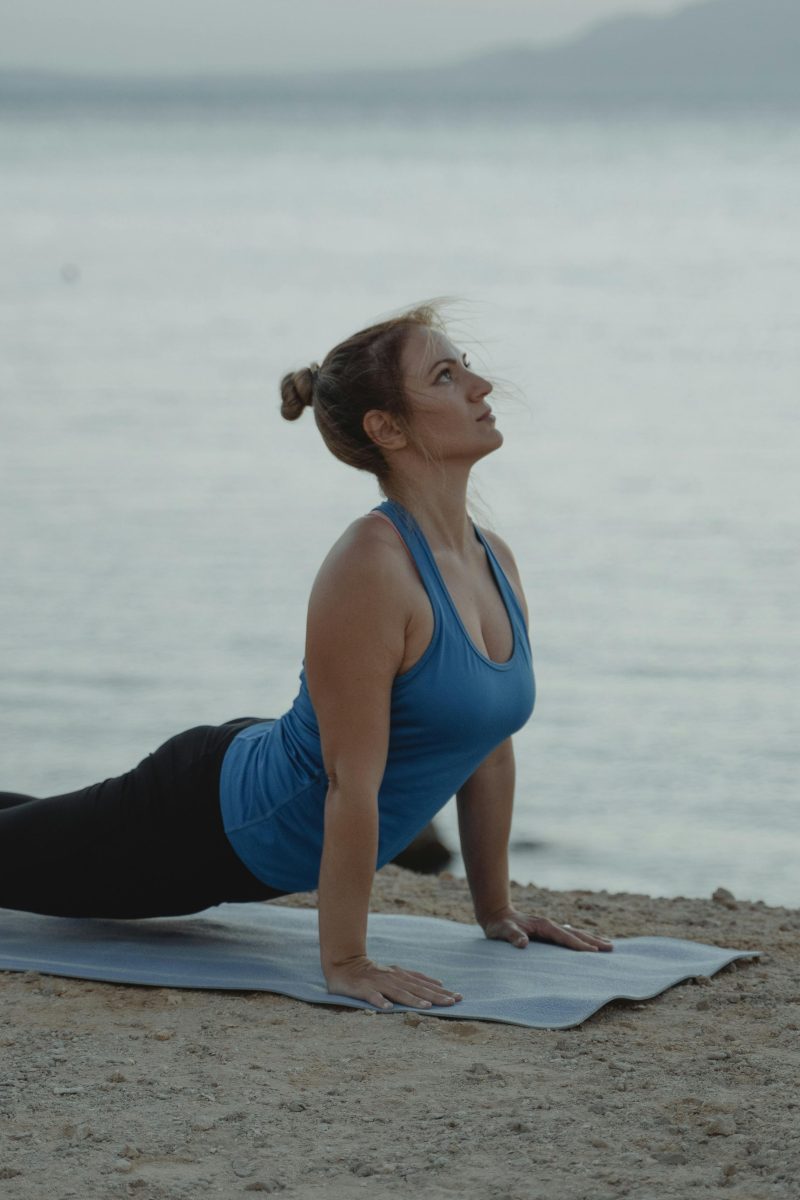Last Updated on: 14th July 2024, 09:05 am
Introduction to Balance Training

At its core, balance training involves exercises designed to strengthen the muscles that help keep you upright. This includes a wide array of activities, from simple standing on one leg to complex movements that challenge your stability. Balance is not just a skill for athletes; it’s a critical component of everyday life, aiding in everything from walking and climbing stairs to preventing falls.
- Physical Stability: Essential for sports performance and injury prevention.
- Posture and Coordination: Improves with regular balance exercises, reducing back pain.
- Body Awareness: Enhanced through targeted training, leading to a more active lifestyle.
Understanding the Benefits of Balance Exercises

Balance exercises are more than just a component of your workout routine; they are a foundational element that enhances your physical capabilities in numerous ways.
- Coordination and Agility: See significant improvement, aiding in graceful, efficient movement.
- Joint Stability: Stronger joints lower the risk of injury, supporting daily activities confidently.
- Fall Prevention: A key benefit, especially as we age, contributing to overall fitness and performance.
Incorporating Balance Exercises into Your Routine

Identifying Your Balance Training Starting Point
Before diving into balance exercises, it’s essential to assess your current balance abilities. This initial step helps tailor your routine to your specific needs, ensuring you progress safely and effectively.
- Start simple: stand on one leg, then the other, and gauge your stability.
- Recognize your personal fitness goals related to balance.
- Consult with professionals for personalized advice and a tailored routine.
Core Balance Exercises to Get You Started
Embarking on your balance training journey begins with understanding the types of exercises that can fortify your core and enhance your stability.
- Static Exercises: Like the single-leg stand and tree pose, focus on maintaining a position.
- Dynamic Exercises: Such as lunges with a twist and walking heel to toe, introduce movement.
- Equipment Use: Balance boards and stability balls add an unstable surface, increasing the challenge.
Integrating these exercises into your routine offers a comprehensive approach to balance training. Start with static exercises to build a solid foundation, then gradually introduce dynamic movements and equipment use as your balance improves.
Integrating Balance Exercises into Your Daily Routine

Tips for Incorporating Balance Training into Existing Workouts
Seamlessly blending balance exercises into your current workout regimen enhances both efficiency and effectiveness. Start by adding a balance challenge to exercises you’re already doing. For instance, perform bicep curls or shoulder presses while standing on one leg. This simple modification not only works your target muscles but also engages your core and stabilizers. Similarly, transform traditional squats into single-leg squats once you’re comfortable, further challenging your balance and lower body strength.
Suggestions for Daily Activities that Improve Balance
Integrating balance training into your daily life can be surprisingly straightforward. Try standing on one leg while brushing your teeth or waiting in line. Opt for stairs over elevators, focusing on placing your entire foot on each step and engaging your core as you ascend or descend. Even swapping a regular chair for a stability ball while working or watching TV can subtly improve your balance over time.
Creating a Balanced Workout Plan that Includes Strength, Flexibility, and Balance Training
Designing a workout plan that encompasses strength, flexibility, and balance is crucial for a well-rounded fitness routine. Begin with strength training exercises that target major muscle groups, followed by flexibility work such as yoga or Pilates, which naturally incorporates balance challenges. Dedicate specific sessions or portions of workouts solely to balance exercises, gradually increasing difficulty as your skills improve. This holistic approach ensures that you’re not only building muscle and enhancing flexibility but also constantly improving your balance and overall body awareness.
Remember, balance training isn’t just about physical fitness; it’s about enriching your daily life with movements that prepare you for the unexpected, making you more agile, and preventing falls. By thoughtfully integrating balance exercises into your routine, you’re investing in a more stable, confident, and active future.
Overcoming Challenges and Staying Motivated

Addressing Common Obstacles
- Acknowledge challenges like packed schedules or difficulty of exercises upfront.
- Strategize by carving out time for shorter, more frequent sessions.
- Celebrate small victories to fuel your journey forward.
Setting Realistic Goals and Tracking Progress
- Start with attainable targets, extending your reach as you achieve them.
- Track progress with a simple checklist or a detailed training log.
Finding Support and Accountability
- Seek a community or workout partner for camaraderie and accountability.
- Let allies be the catalyst for renewed vigor.
By embracing these strategies, you’re building a resilient mindset that thrives on overcoming obstacles and staying motivated. This mental fortitude, coupled with a well-structured plan, paves the way for balance training to become a seamless, enjoyable part of your lifestyle.
Advanced Techniques and Progress Tracking
Progressing to More Challenging Balance Exercises
- Incorporate challenging movements like single-leg deadlifts or stability ball exercises.
- Keep training stimulating and effective by elevating the difficulty as your balance improves.
Utilizing Technology and Apps for Tracking Improvement
- Leverage fitness apps and wearable devices to track stability, repetitions, and movement quality.
- Adjust your training in real-time for optimal results based on data.
When to Consider Increasing the Difficulty Level of Balance Exercises
- Listen to your body and be mindful of your capabilities to avoid injury.
- Gradually increase the difficulty to ensure continuous improvement and safety.
Embracing these advanced techniques and tracking your progress are essential steps in evolving your balance training. By methodically increasing the challenge and leveraging technology, you can achieve remarkable improvements in your balance, agility, and overall physical fitness. Remember, the journey to better balance is ongoing, and these strategies will help you navigate it with confidence and success.
In Closing
Balance training unlocks a more agile life. It fosters resilience and joy in movement. Through a blend of challenges and victories, this journey enhances physical and mental well-being, emphasizing the importance of a balanced approach to fitness. Embrace these exercises for a future rich in stability and confidence.
Incorporating Balance Exercises into Your Routine FAQs
Balance exercises are beneficial and can be adapted for people of all ages, from children to the elderly. For younger individuals, these exercises can help develop motor skills and coordination, while for older adults, they are crucial for maintaining independence and reducing the risk of falls. Adjusting the difficulty and intensity of the exercises can make them safe and effective for any age group.
Yes, balance exercises are instrumental in preventing falls, especially in older adults. By improving your stability and coordination, these exercises make it easier to navigate uneven surfaces and react swiftly to prevent a fall. This is particularly important as balance tends to deteriorate with age, increasing the risk of falls and related injuries.
Balance exercises can significantly enhance your performance in other sports by improving your coordination, agility, and reaction times. Athletes from various sports incorporate balance training into their routines to gain a competitive edge. This type of training is beneficial across a wide range of activities, from running and cycling to team sports like soccer and basketball.
No, you do not need special equipment to perform many effective balance exercises. While certain tools like balance boards or stability balls can add variety and challenge to your routine, many exercises can be done using just your body weight or household items for support. This accessibility makes it easy to practice balance exercises anywhere.
To make balance exercises more challenging, you can add movement, close your eyes, or use unstable surfaces like a balance board or a foam pad. Introducing these variables forces your body to adapt, which further improves your balance and coordination. Gradually increasing the difficulty of the exercises ensures continuous improvement and keeps the routine engaging.
Balance exercises can have a positive impact on mental health by reducing stress and improving cognitive function. The concentration and focus required to maintain balance can serve as a form of mindfulness, which helps to alleviate stress and anxiety. Additionally, the physical activity involved in balance training stimulates the release of endorphins, contributing to a sense of well-being.
Incorporating balance exercises into your routine 2-3 times a week can effectively enhance stability and coordination. Consistency is key to seeing improvements, as balance skills can diminish over time without regular practice. These exercises can be easily added to your existing workout regimen or performed on their own.
Balance exercises are activities designed to improve stability and coordination by challenging your body’s ability to maintain its position, whether moving or stationary. These exercises can range from simple tasks like standing on one foot to more complex movements involving fitness equipment. Regular practice can significantly enhance proprioception, which is the body’s ability to perceive its own position in space.
Simple balance exercises include standing on one foot, walking heel to toe, and doing leg lifts while holding onto a chair for support. These activities help build your core strength and improve your overall stability without the need for special equipment. Starting with these basic exercises allows you to gradually challenge your balance as your confidence and abilities grow.
Balance exercises focus on maintaining or regaining your body’s position, whether stationary or moving, while stability exercises are designed to strengthen the muscles that support your joints, thereby preventing unwanted movement. Although they target different aspects of physical fitness, both types of exercises are complementary and often overlap in practice. Incorporating both into your routine can lead to better overall performance and injury prevention.
Orlando is a all round athlete from Australia, now resident in Germany. His sports of passion of American Football(Offensive line), weight training and indoor rock climbing where he uses his 195cm wing span to his advantage.



